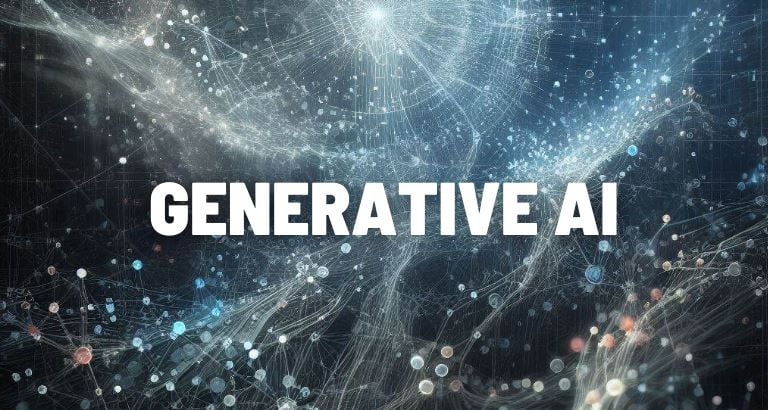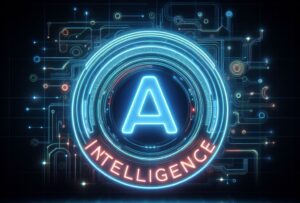Hey there, curious minds! Ever wondered how machines can generate content, art, or even music all on their own? Well, hold onto your hats because we’re about to dive into the captivating world of Generative Artificial Intelligence (AI), where algorithms wield the power of creation like modern-day magicians.
What is Generative Artificial Intelligence?
Generative Artificial Intelligence, often shortened to Gen AI, is the fancy term for Artificial Intelligence systems that possess the ability to create original content autonomously. Think of it as a digital artist, writer, or composer, churning out masterpieces without human intervention. It’s the secret sauce behind those eerily realistic deepfake videos, mind-bending art pieces, and even those surprisingly catchy AI-generated songs.
How Does Gen Ai Work?
Okay, buckle up for a whirlwind tour of tech wizardry! Generative AI relies on neural networks, which are essentially digital brains inspired by the structure of the human brain. These networks learn from vast amounts of data, picking up patterns and trends along the way. When you feed them some seed input, whether it’s a snippet of text, an image, or a few notes of music, they go to town, generating new content based on what they’ve learned.
Real-Life Applications of Gen AI
Now, let’s bring this down to earth with some real-world examples. Ever heard of GPT-3, the language model that can write essays, answer questions, and even generate code snippets? Yep, that’s Generative AI at work. Then there’s DeepArt, an AI-powered platform that can turn your photos into stunning artworks inspired by famous painters. And let’s not forget about Jukedeck, an AI composer that creates royalty-free music tracks tailored to your needs. The possibilities are as endless as the imagination of the programmers behind these AI marvels.
The Good, the Bad, and the Ethical Quandaries
Now, before we get too carried away with the awesomeness of Generative AI, let’s take a moment to ponder the ethical implications. Sure, it’s mind-blowing that machines can create such lifelike content, but what happens when they’re used for less savory purposes? Deepfakes, for example, have raised serious concerns about misinformation and the erosion of trust in media. Then there’s the age-old question of job displacement—are we heading towards a future where AI writers, artists, and musicians put humans out of work? These are thorny issues that society must grapple with as Generative AI continues to evolve.
Getting Started With GenAI
I’ll be honest, when I first started tinkering with generative AI tools, I felt a bit like I was living in a science fiction novel! But the process of creating AI-generated images, stories, and code samples quickly went from mind-blowing to intuitive.
Here are a few beginner-friendly ways to dip your toes into the GenAI waters:
1. AI Image Generators: Sites like DALL-E allow you to simply enter a text description, and their AI model will create a unique image based on those inputs. I had fun generating goofy images of animals in human situations.
2. Creative Writing: Apps like Sudowrite use GenAI to generate story premises, character descriptions, etc. to spark your creativity as a writer. I recently used it to get unstuck on a short story idea.
3. Code Autocomplete: Pilots like GitHub’s Copilot can autocomplete or even generate entire functions based on your comments or basic instructions. While not a perfect solution, it can be a huge time-saver!
Of course, these are just the tip of the iceberg. I encourage you to dive in and find GenAI applications that excite you – whether that’s in your hobbies, education, or career.
Generative AI is here, and it’s only going to become more integrated into our lives. Why not start exploring its potential today?
Examples of generative AI include:
- Google Gemini: A multimodal model that can understand various types of input and generate responses in text, images, videos, and code.
- Unity Machine Learning Agents: Used in gaming to create game levels, objects, characters, and narratives.
- ChatGPT, Jasper Chat, and Google Bard: Advanced language models for content generation.
- OpenAI, Copilot, and Codex: Examples of generative AI in code generation.
- DALL-E: A platform for creating realistic images.
- MidJourney: A successful generative AI platform for creating images.
- OpenAi Sora: A tool for generating professional-looking videos from text input.






